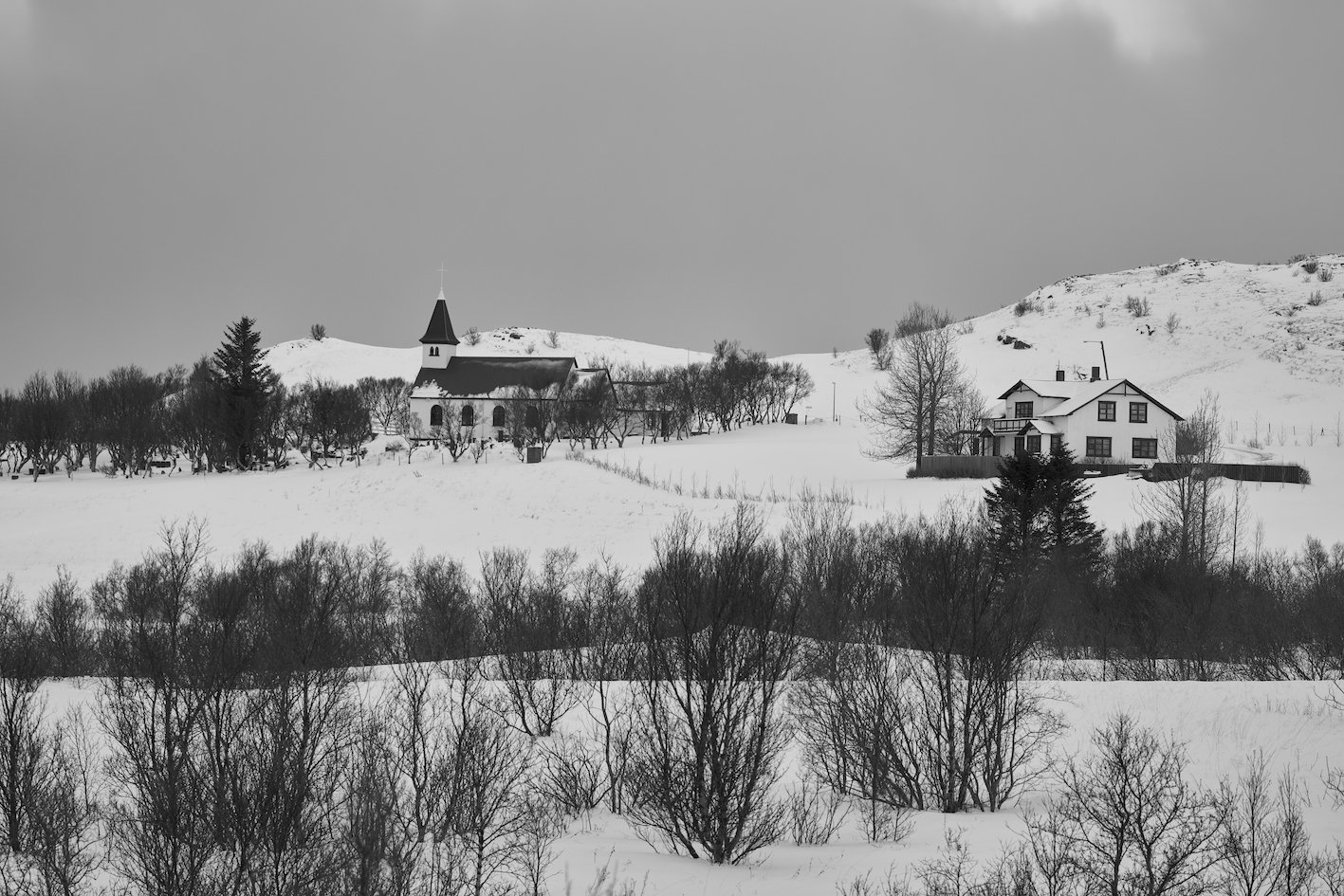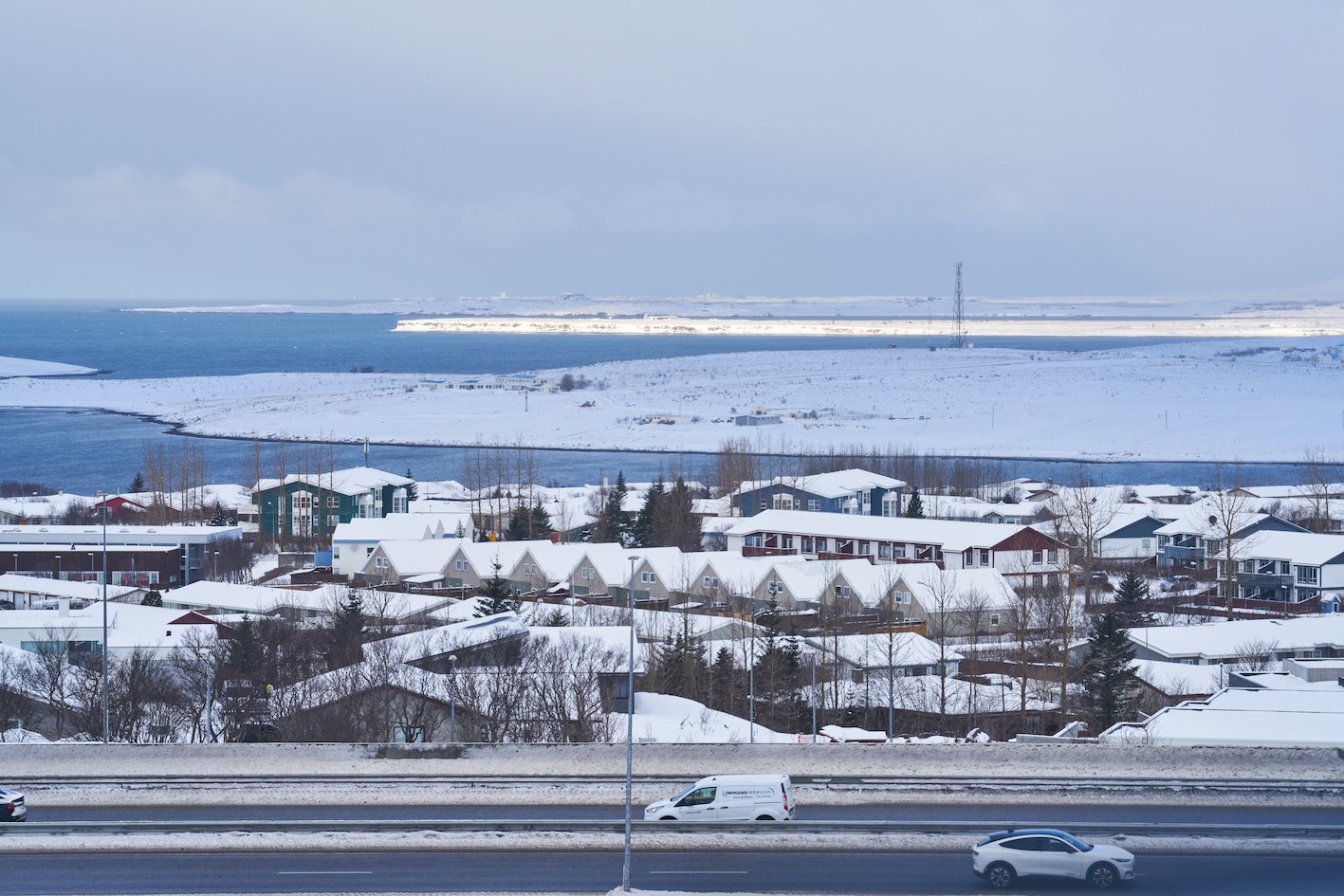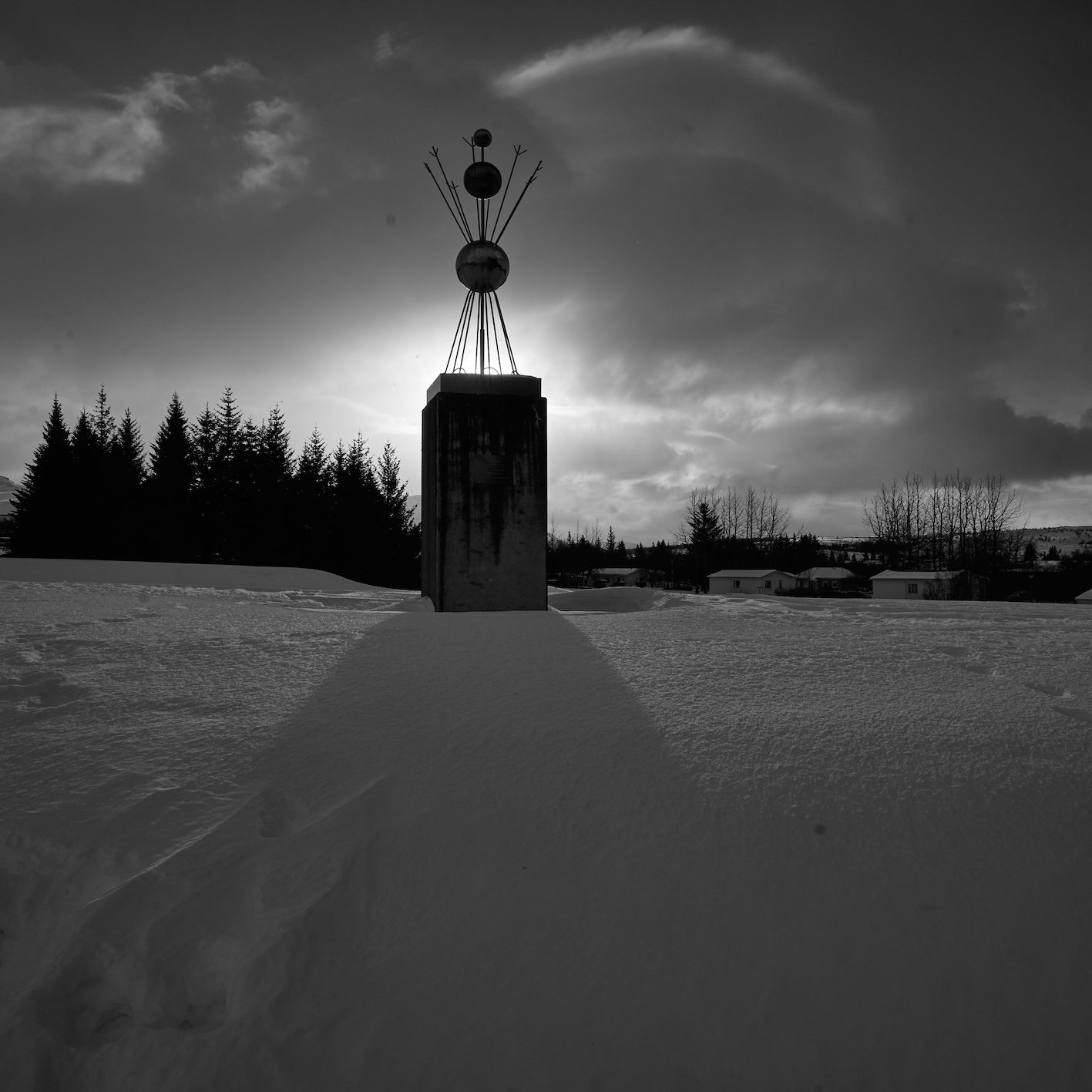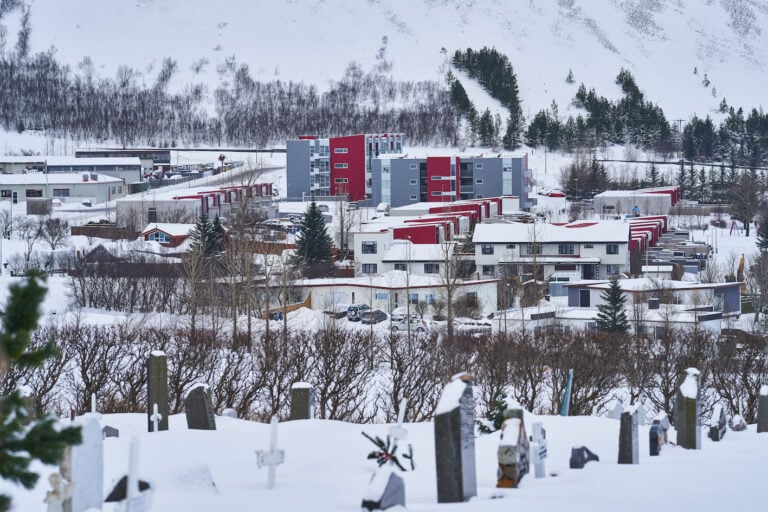There are six contiguous municipalities that form the capital area in Iceland, where nearly three out of every four inhabitants of the country live. The largest, of course, is Reykjavík, the capital itself, with 140,000 inhabitants. Next is Kópavogur with 40,000. Hafnarfjördur ranks third with 30,500 inhabitants, while Gardabær is fourth with 18,500 inhabitants. Mosfellsbær, located to the north beyond the settlement of Kjarnes, which belongs to Reykjavík, has 13,500 inhabitants. The least populated municipality and the westernmost is Seltjarnarnes with only 4,500 inhabitants. Icelandic Times / Land & Saga took a road trip north to Mosfellsbær, a beautiful and exceptionally charming municipality, the seventh largest in the country, surrounded by lovely natural vistas. A settler called Þórdur Skeggi Hrappsson claimed the land where the town now stands. It was in Mosfellsbær that the latter industrial revolution began in Iceland with the establishment of the Álafoss wool factory by the Varmá River in 1896. Today, it is the cradle of poultry farming in Iceland, along with extensive greenhouse cultivation. Iceland’s only Nobel laureate, Halldór Laxness (for literature in 1955), was born and raised in the municipality. The late novelist’s own house, Gljúfrasteinn in Mosfellsdalur, was built in 1945 on the land where Laxness grew up. The house is currently an open museum with all interiors unaltered, dedicated to the writer.








